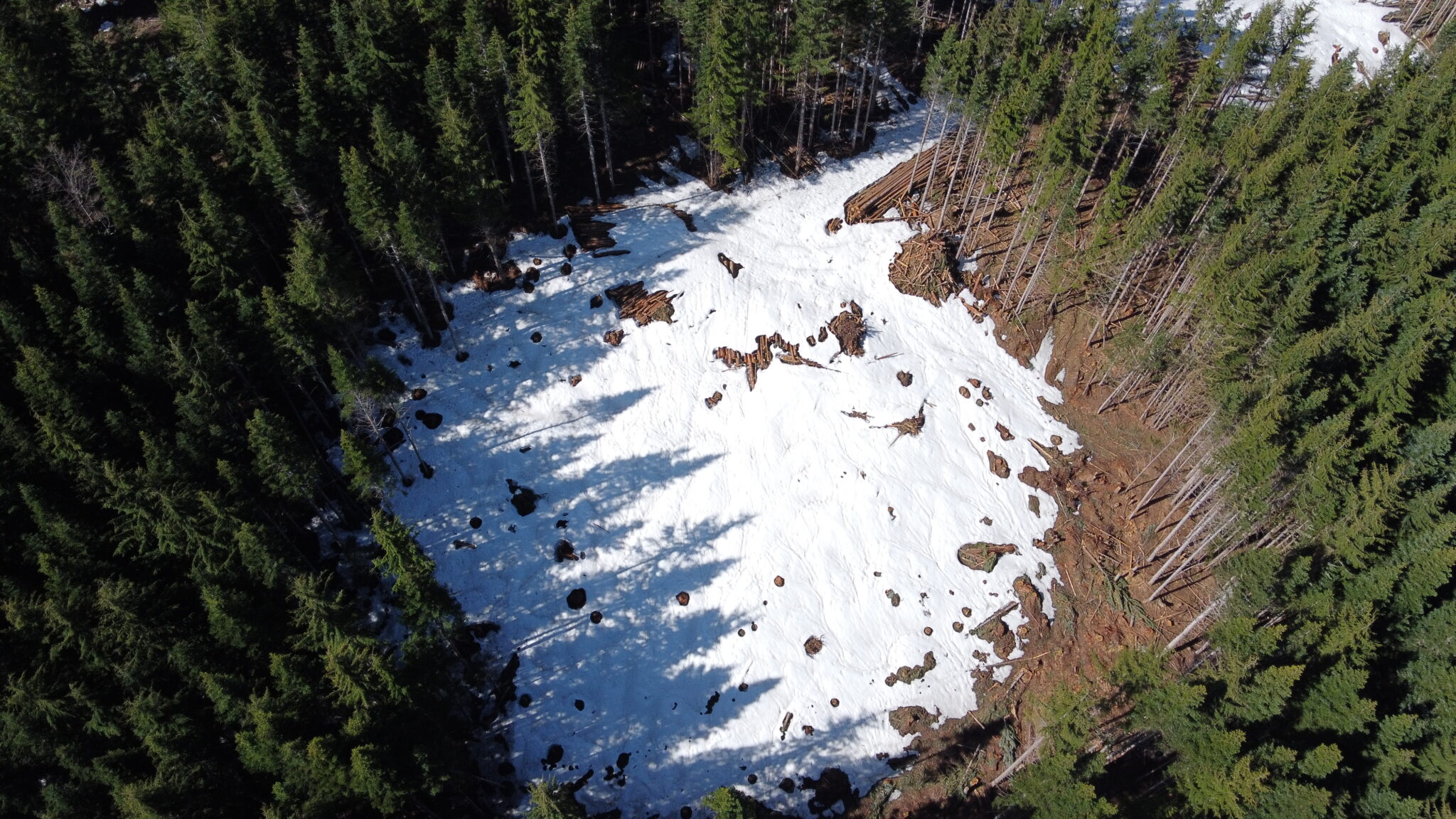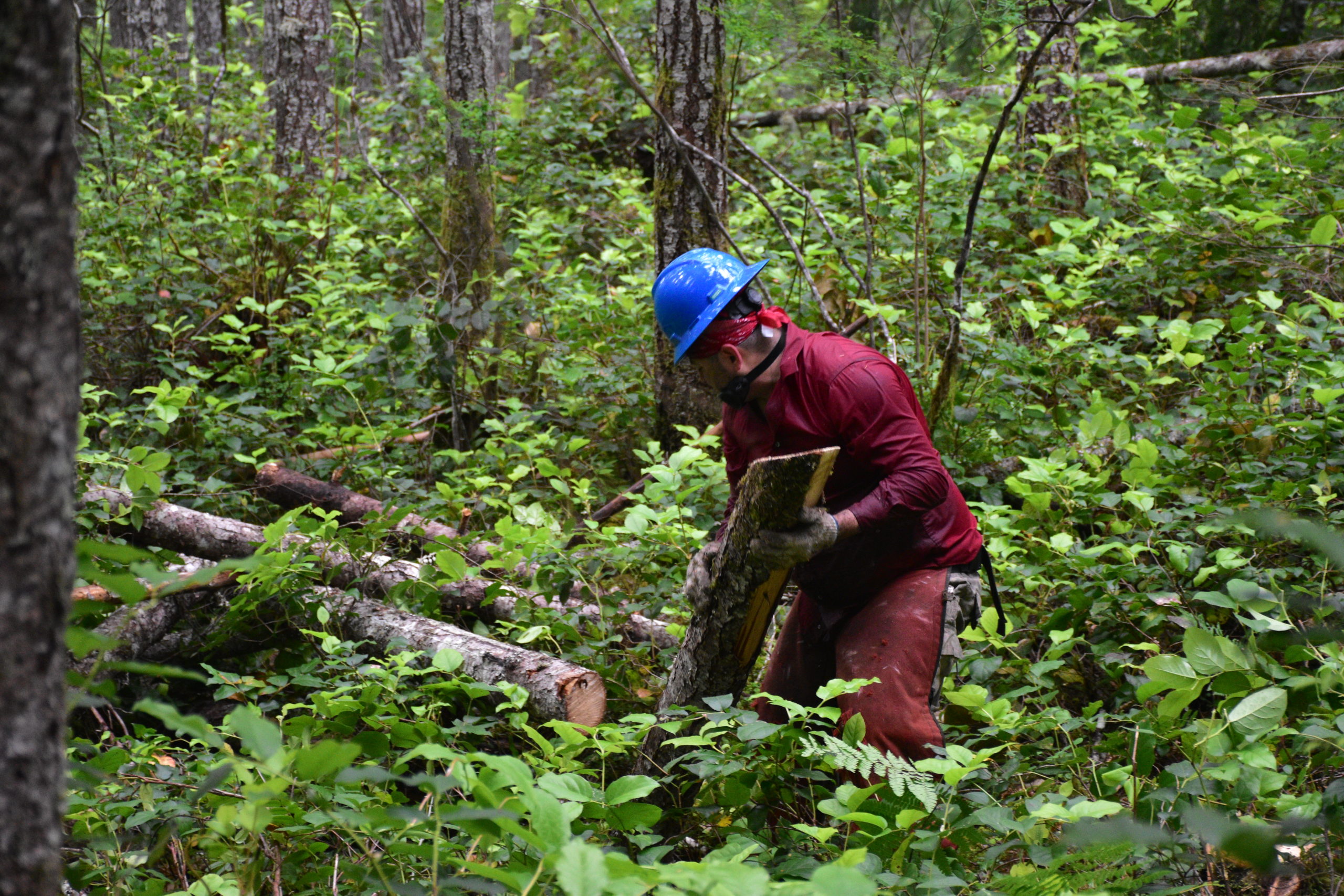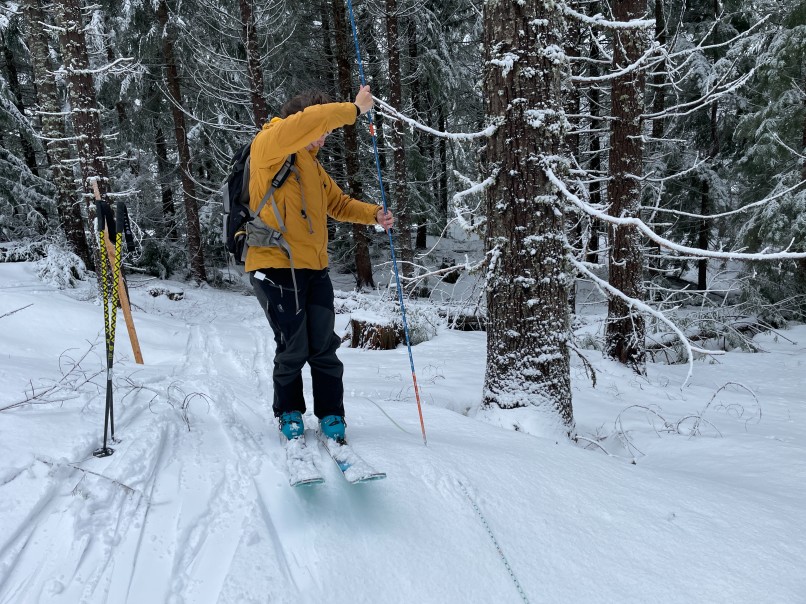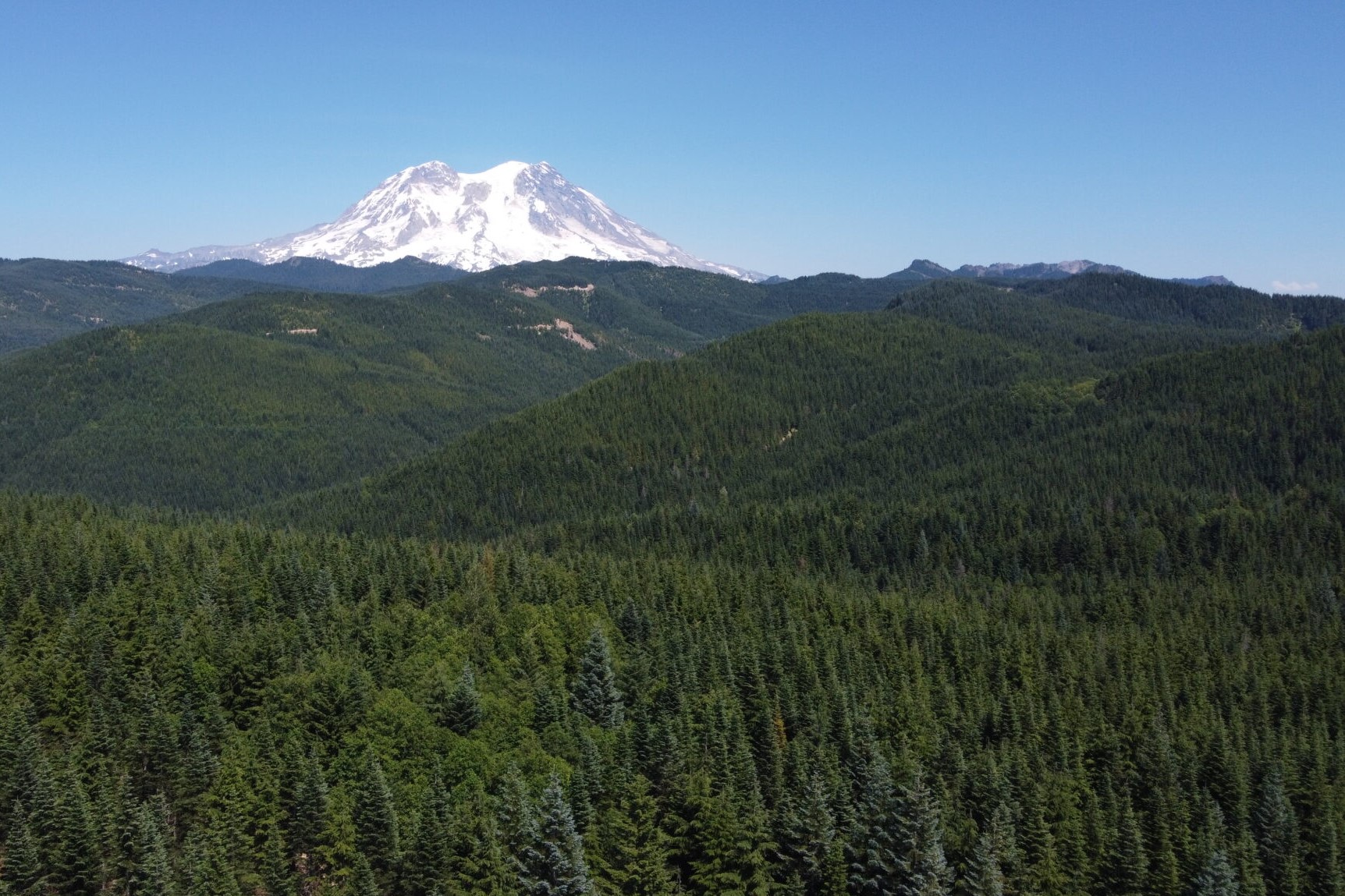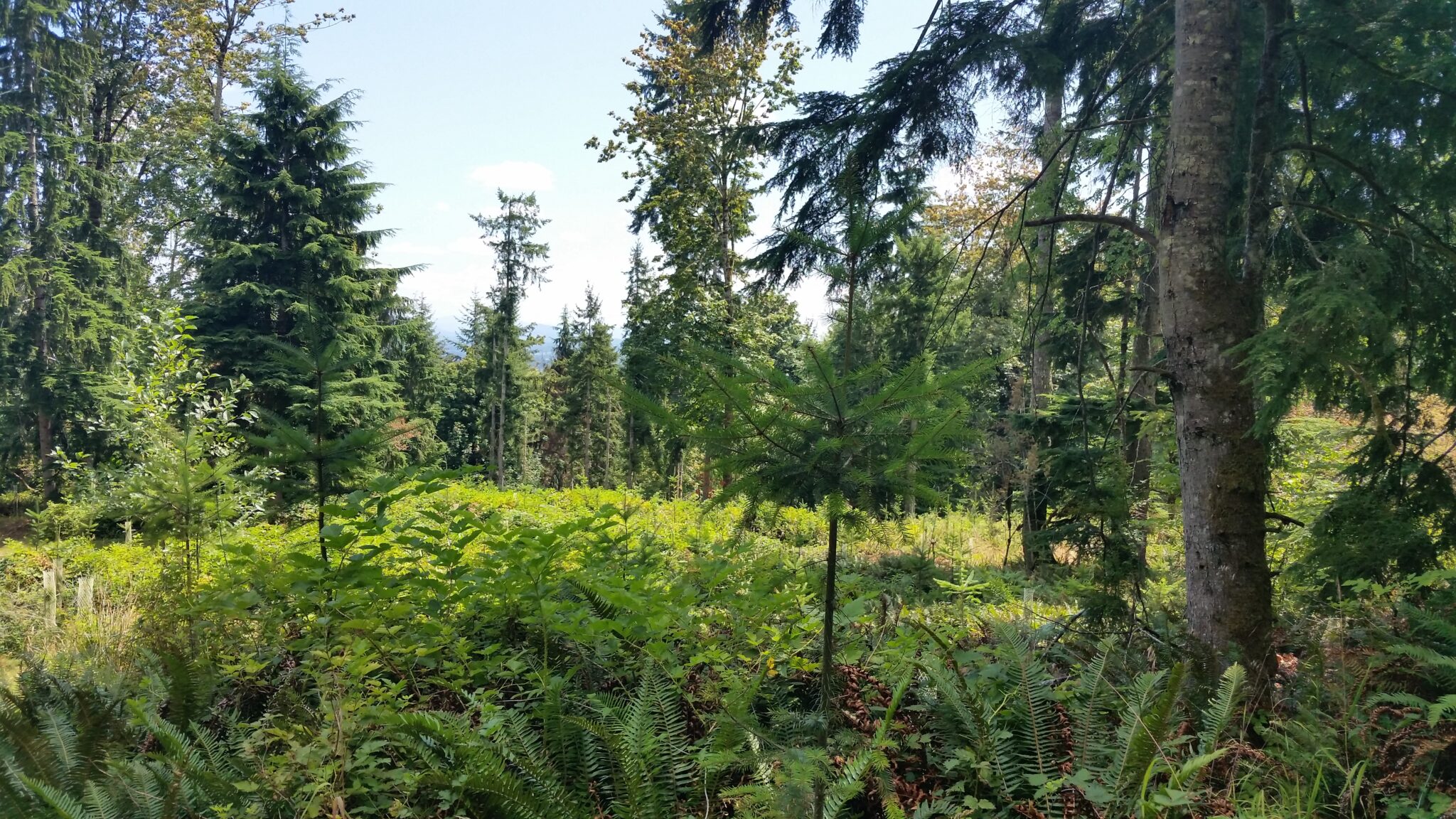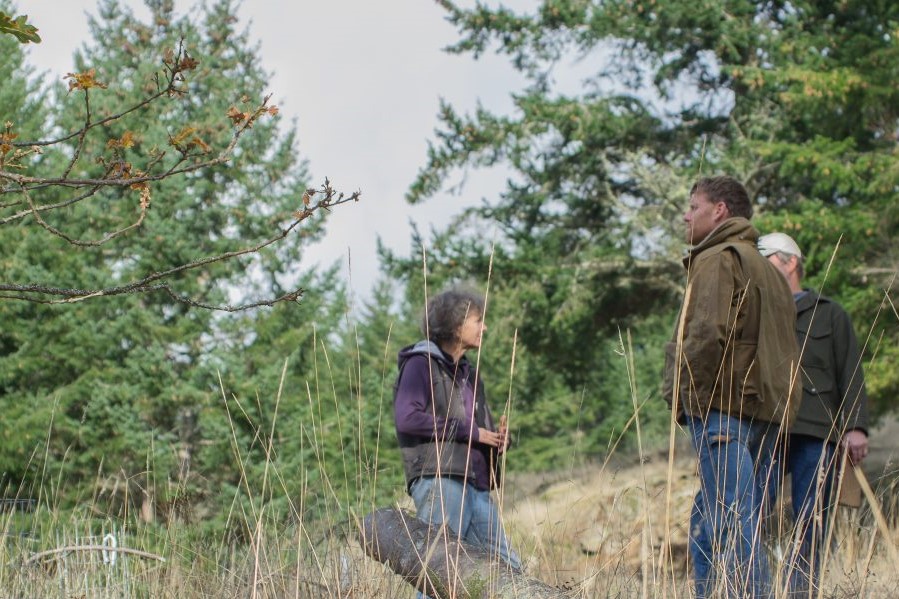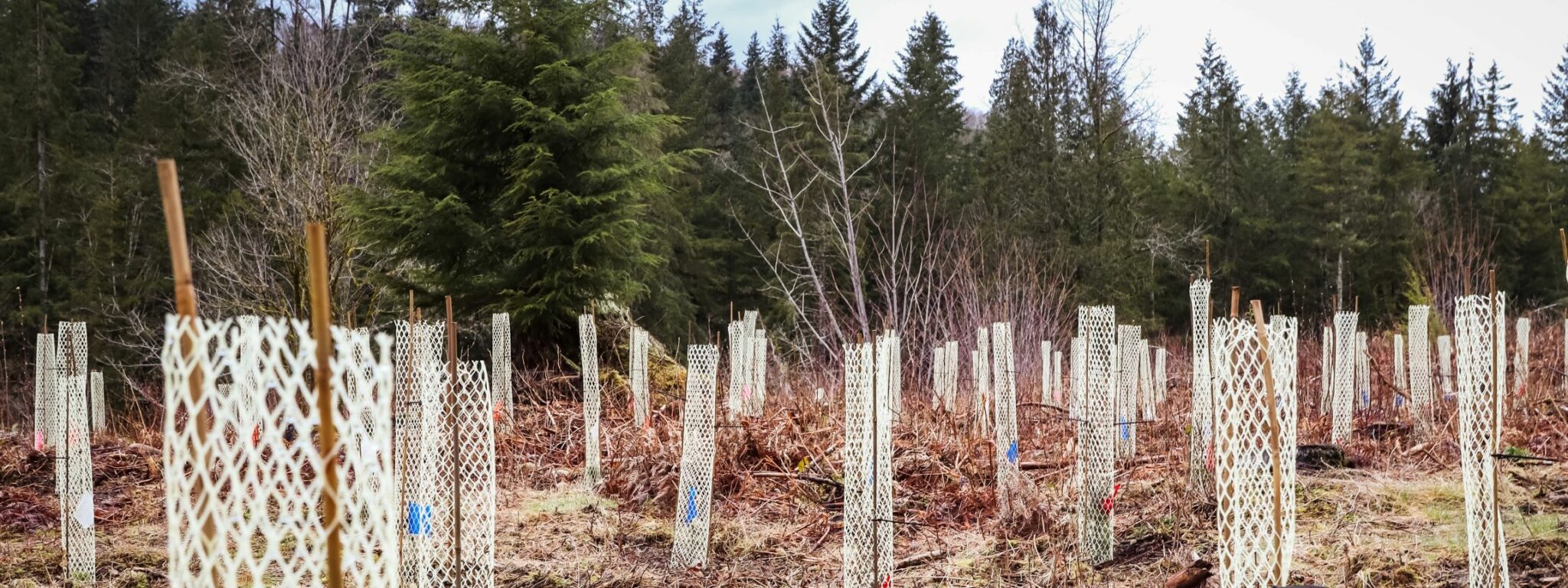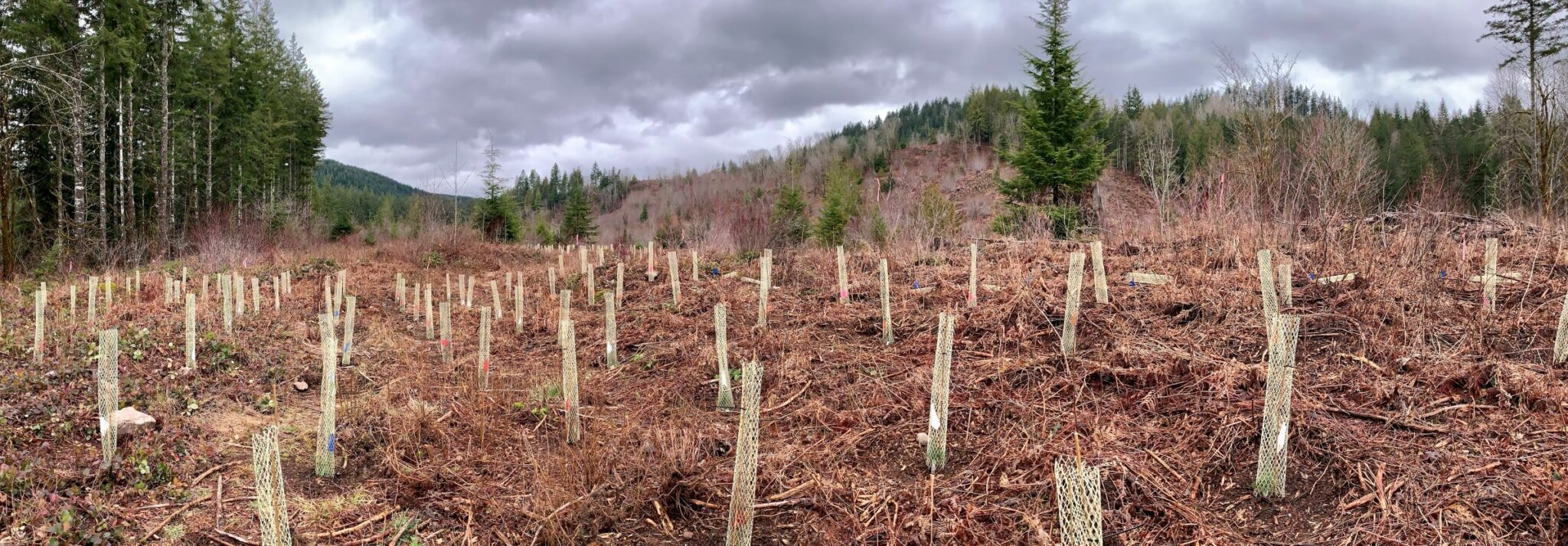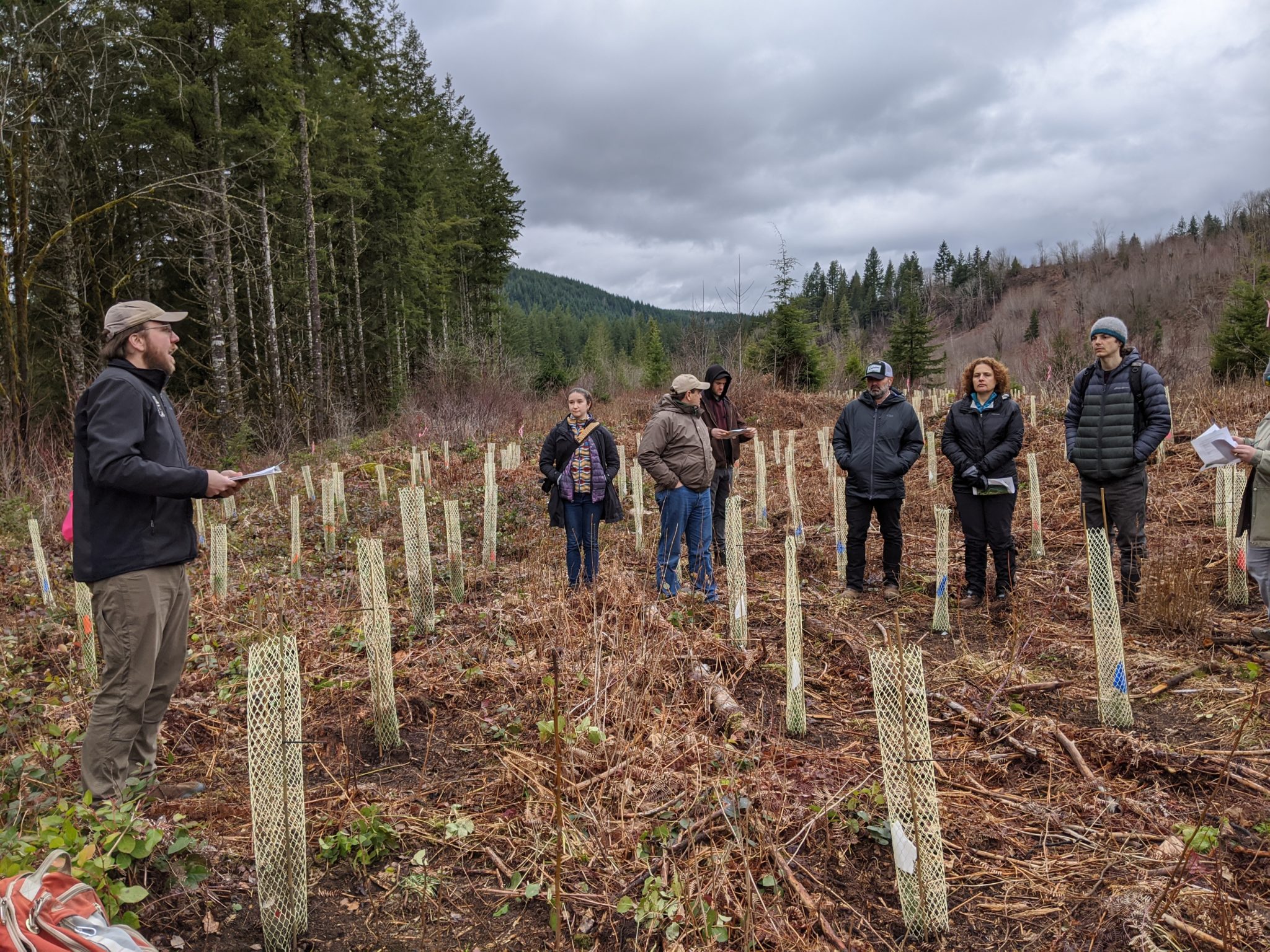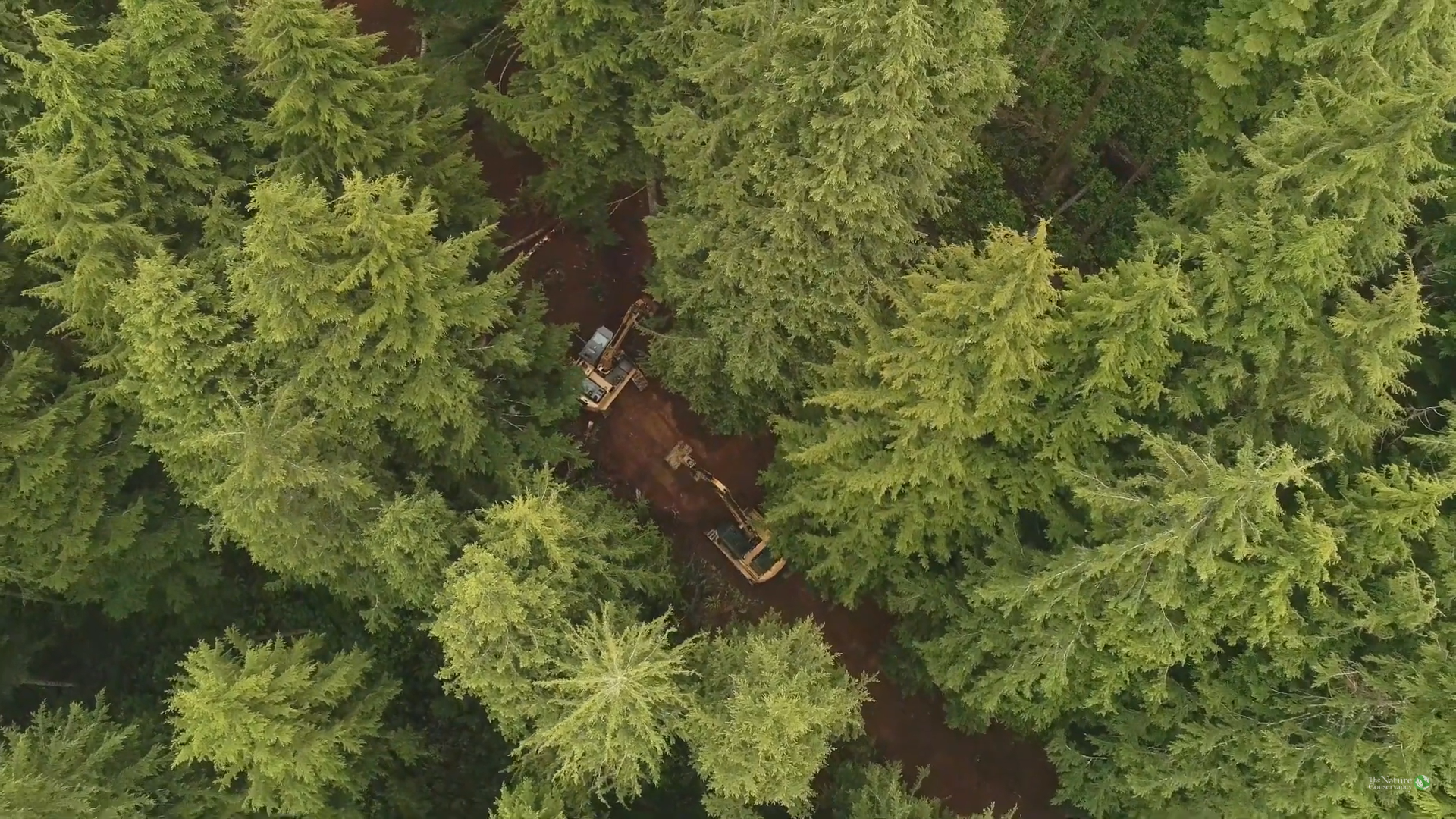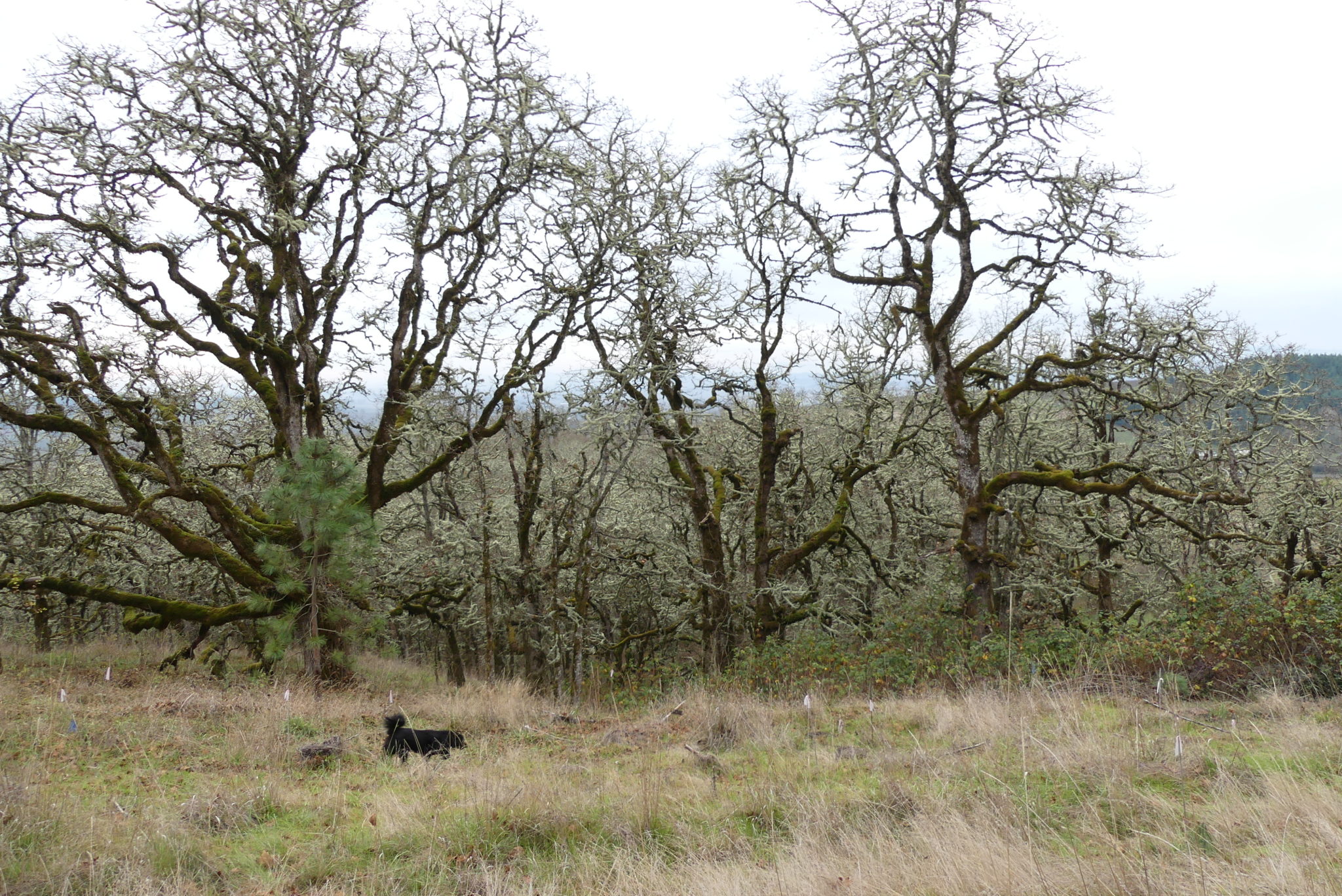Climate change is impacting landscapes on a large scale, and forests – one of our largest carbon sinks and
a critical part of any climate mitigation strategy – are at risk. If climate change is making forests more vulnerable, can innovative forest stewardship make them more resilient, and sustain the role they play in watershed protection? This question led us at Northwest Natural Resource Group (NNRG) to create an experiment in practical forestry methods, in collaboration with forward-thinking partner organizations.
Active Management and Small Landowners: It’s in the Intention
By Jaal Mann and Rowan Braybrook. This article was originally published in the Winter 2023 issue of Western Forester, which focused on exploring what active management of forests means. You can read the full issue here. A prescribed burn to maintain open prairie. An individual western redcedar selected to make bentwood boxes or a dugout canoe. A […]
Go with the Snow: Winter Forest Monitoring Results
The future is looking drier, and the trees are taking notice. With climate change creating warmer and drier summers, how can we use forestry techniques to increase snowpack and slow snowmelt for water availability? This question led us at NNRG to create an experiment in practical forestry methods, in collaboration with several partners.
Keeping a Weather Eye Open: Measuring Snowfall in the Nisqually Watershed
Maintaining a steady and reliable source of water in a changing climate is critical for the health of both people and ecosystems. Northwest Natural Resource Group (NNRG) has been testing methods of ecological forestry that will increase the resilience of future watershed forests. At the Nisqually Community Forest near Mount Rainier, we have implemented several forestry techniquesthat you may […]
Moving Trees: Definitions and Ethics of Assisted Migration
In every discussion of forest restoration or climate adaptation, someone asks the question: What about the assisted migration of trees? Should we be doing it? What are the potential impacts? It’s a big topic, and one nuanced enough that it could easily fill a hundred discussions, a dozen doctoral theses, and several books. Our recent presentation […]
Ecological Forestry Techniques for Hotter, Drier Times
How do we address past mismanagement while also preparing for the future climate?
Northwest Natural Resource Group and partners are launching a new demonstration project to test techniques that can help forests better endure the kinds of climatic change that we expect in the Pacific Northwest.
Eye to the Future: Adaptation Survey Results
Before the holidays, NNRG and partners in the Forest Adaptation Network (FAN) conducted an initial survey to inform some of the work done by the Network, which is focused around the Puget Sound. While this survey had a small sample size of local restoration professionals, we think the results are of interest to many of […]
Seedling Check In: Stossel Creek, One Year Later
Even with the ongoing pandemic, 2020 was a busy year at Stossel Creek! In early 2020, just before we realized that a bottle of hand sanitizer wasn’t going to be enough to save us from the news, NNRG and partners hosted a workshop and field tour at Stossel Creek. The Stossel Creek restoration project aimed […]
Stossel Creek Case Study: Adaptive Restoration
Climate Change in the Pacific Northwest A changing climate can lead landowners to wonder how to increase the resilience of lands and forests to changing conditions around heat and moisture. The question is no longer if the climate is changing, but rather how fast and how much – and what the impact will be on […]
The Not-So-Open Road: Road Decommissioning at Ellsworth Creek Preserve
In forest systems, hydrology and road systems are at odds with one another. Water wants to run down slopes and avoid barriers, while roads cut across slopes and aim to stay put. Managing your road system to minimize erosion and runoff takes forethought and more than a bit of careful engineering. Kyle Smith, the Forest […]
Out With the Fir, In With the Oak
Sarah Deumling has noticed some changes in her forest over the past 20 years.
There’s a little less water to go around, and her family’s land, Zena Forest in the Willamette Valley of Oregon, is a little hotter and drier during the summer. Why? These changes are consistent with climate models’ predictions of the way Oregon climate is shifting under the influence of global warming.

